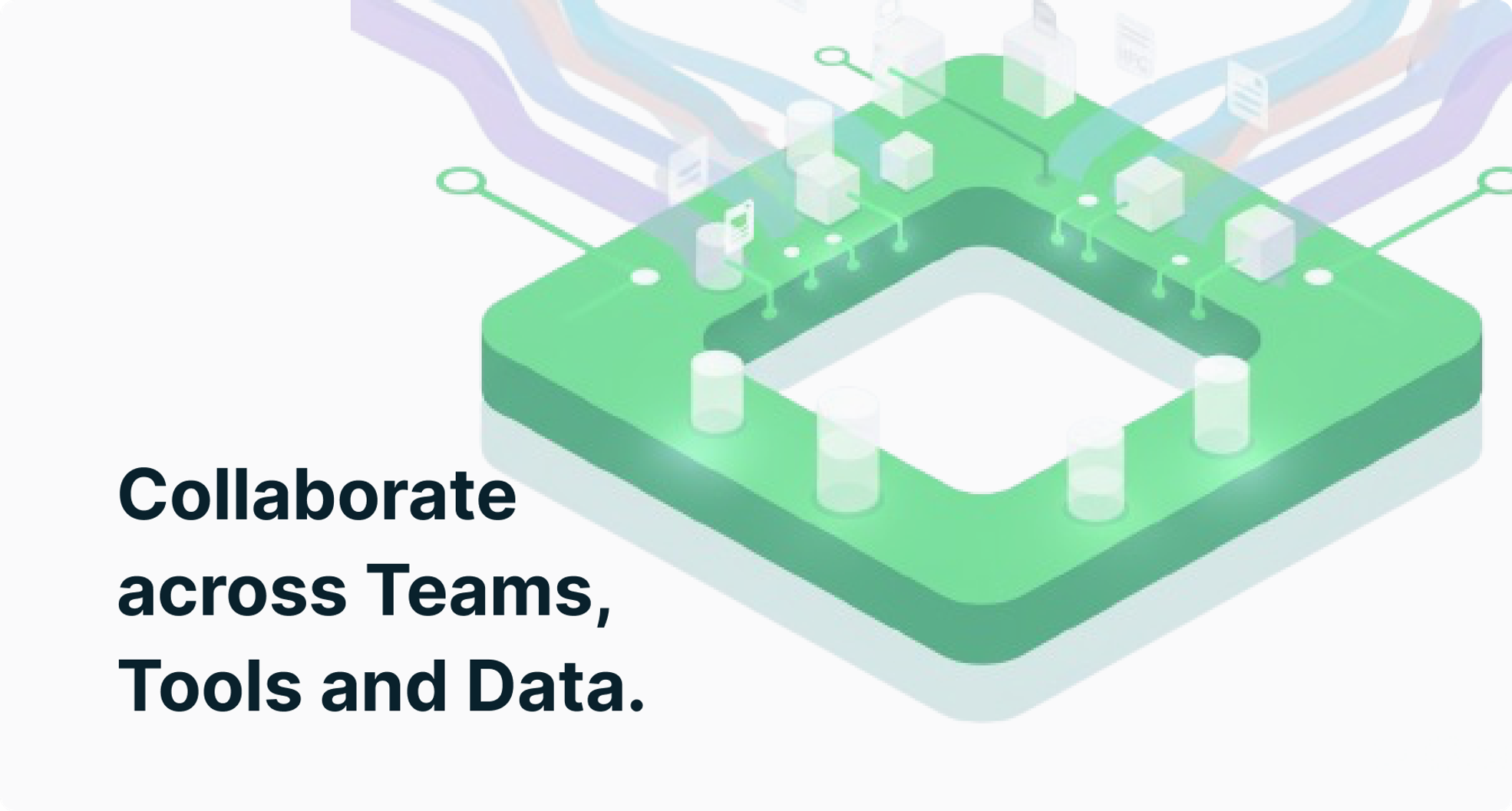BIM has been around for more than two decades, yet many in the AEC industry feel it has not lived up to its full potential. Today, software tools still operate too much in isolation. Data is constantly copied, converted and rebuilt until the model that reaches the construction site barely resembles the one that started the project.
BIM as it should be
Every project is, by its nature, a team effort. Architects, engineers and contractors each use different software and that’s fine. The true obstacle is the lack of connection: when valuable project data gets isolated in a software tool, it needlessly complicates collaboration for every single team member.
That’s precisely why Qonic is built for connection, not isolation. We design our technology to fit intelligently within your ecosystem, ensuring your data moves freely and your teams stay seamlessly aligned throughout the project lifecycle.

An open foundation
Qonic connects with all mainstream BIM platforms to enrich and upscale models, in both geometry and data, so teams can build upon existing work, moving from early design to construction-ready detail without ever having to start from scratch.
This entire approach rests on two core principles:
- Open Standards (IFC): We ensure your models remain accessible and interoperable, protecting data integrity long after a project is delivered.
- APIs (Data, Not Files): We keep information live and connected across different tools, ensuring true continuous data flow.
From Silos to Systems
Openness demanded a modern solution: Qonic was engineered as a cloud-native platform. This approach delivers a perfect combination of advantages:
- Instant Collaboration: Collaboration happens instantly, regardless of where teams are located.
- Scalability: We handle complex BIM models without sacrificing performance or speed.
- Speed: We deliver efficiency through effective data streaming and real-time computation.
- Accuracy: We ensure unmatched data integrity, allowing you to zoom from a city-scale model right down to the last screw on a sprinkler head.
A more human approach to BIM
Technology alone doesn’t facilitate collaboration; good design does. We’ve seen too many BIM tools overwhelm users, locking valuable insight behind technical expertise.
At Qonic, we aim to make data and design accessible to everyone involved: from the lead architect to the site engineer. This commitment is why we invest heavily in user experience. Our goal is to make advanced modelling intuitive and data exploration effortless.
After all, true connection is about how easily people can actually use it.

